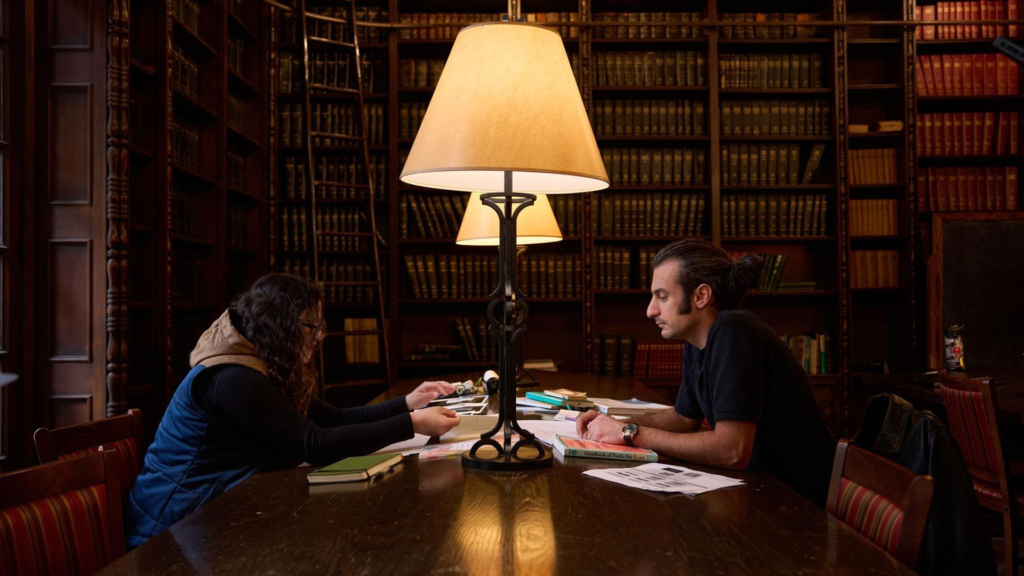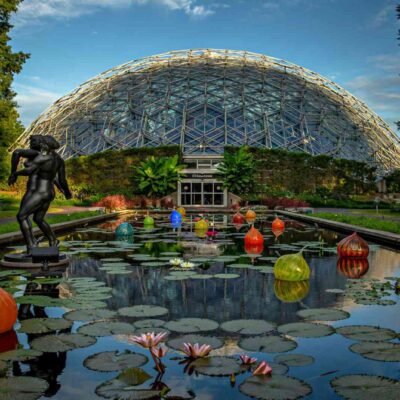When it comes to trusted journalism in the United States, PBS NewsHour stands out for its balanced and in-depth reporting. While it’s widely known for political and international news, one of its most dynamic segments is its arts coverage. From visual art and theater to music, dance, literature, and film, PBS NewsHour offers a consistent and thoughtful spotlight on the creative world.
In an age when arts coverage is shrinking in mainstream media, PBS NewsHour remains committed to ongoing arts and entertainment reporting, showcasing both emerging talent and legendary figures. Their arts segments not only inform but also inspire — and their influence is growing.
Why PBS NewsHour’s Arts Coverage Matters
PBS NewsHour provides more than just news—it provides context, culture, and commentary. The arts coverage is a vital part of its programming because it bridges societal conversations through creativity. Each segment includes interviews, features, and deep dives that help audiences understand the story behind the art.

PBS uses a storytelling approach that highlights how art reflects and affects real-life events, from political movements to global crises. For example, recent stories have explored how Ukrainian artists are documenting war through photography, or how Indigenous musicians are preserving culture through sound.
To explore their latest arts reports, visit the PBS NewsHour Arts and Culture section.
Key Focus Areas in Arts and Culture Reporting
PBS NewsHour’s arts segments span a wide variety of genres and platforms. Some notable areas of focus include:
- Visual Arts: Coverage of major museum exhibitions, independent artists, and public art installations.
- Performing Arts: Stories from Broadway, ballet, and regional theater scenes.
- Music: Features on everything from classical musicians to hip-hop pioneers.
- Film and Television: Interviews with actors, directors, and film critics, often tied to current cultural conversations.
- Literature: Author interviews, book reviews, and discussions on literary trends.
A recent highlight includes a feature on the revival of Afro-futurist storytelling in film and theater, which discussed how Black artists are reclaiming science fiction to explore identity and resistance.
Explore more stories in this domain at PBS NewsHour’s Visual and Performing Arts.
Spotlight on Emerging Artists and Local Talent
While many outlets focus on celebrity culture, PBS NewsHour often turns its lens toward local and emerging talent. One recent segment profiled high school students in Los Angeles using street art to reflect on immigration and identity. Another featured a small town in Kentucky using art to rebuild after economic downturns.
This grassroots storytelling helps viewers connect art with everyday American life, expanding the definition of who gets to be seen and heard. It also serves as an important platform for underrepresented voices, including LGBTQ+ artists, artists of color, and those in rural communities.
Catch stories of rising voices in art via the PBS NewsHour Local Arts Coverage.
Integration with Education and Community
PBS NewsHour also emphasizes the educational power of art. Many of their features align with curriculum goals and are often used in classrooms across the country. The segment “Brief but Spectacular,” for instance, offers short but powerful profiles of artists, writers, and thinkers sharing their life philosophies in under four minutes.

The show also collaborates with PBS LearningMedia, providing free digital resources for teachers and students. These resources link artistic expression with subjects like history, social justice, and science, showing how art crosses disciplines and enriches learning.
You can explore these resources at PBS LearningMedia Arts.
Keeping Art Accessible in the Digital Age
In today’s fast-paced digital world, PBS NewsHour has managed to adapt and thrive online. Their YouTube channel and website feature a rich archive of arts segments, allowing viewers to watch interviews, performances, and artist profiles on demand.
This digital accessibility ensures that even those who may not have access to museums, theaters, or galleries can experience world-class cultural content from their homes. For people who rely on public broadcasting as a window to the world, this matters more than ever.
Visit PBS NewsHour on YouTube for recent uploads from their arts segment.
Reactions from the Arts Community
The arts community has responded positively to PBS NewsHour’s commitment. Museum curators, independent filmmakers, and authors often cite PBS as one of the few platforms that treat the arts with the seriousness they deserve.
Artists appreciate the thoughtful and respectful way they’re portrayed—not just as entertainers, but as storytellers, historians, and change-makers. In a recent interview, celebrated author Jacqueline Woodson praised PBS NewsHour for “amplifying diverse voices without sensationalism.”
The Future of PBS Arts Coverage
Looking ahead, PBS NewsHour aims to expand its multimedia storytelling in the arts. Plans include more interactive documentaries, expanded podcast offerings, and broader collaborations with cultural institutions across the country.
As funding for the arts continues to face uncertainty, journalism like this provides not just exposure, but validation. It tells artists: Your work matters, your voice matters, and your stories are worth sharing with the world.
Conclusion
PBS NewsHour’s arts coverage is more than a segment—it’s a cultural institution in itself. At a time when many outlets are cutting back on arts reporting, PBS continues to uplift artists, inspire audiences, and preserve the creative legacy of our time.
For readers, viewers, and educators alike, it’s a reminder that art is not a luxury — it’s a necessity.
To stay updated with ongoing arts coverage, follow the official PBS NewsHour Arts Page.
Also Read – Who Is Milly Alcock? Inside the ‘Sirens’ Star’s Life






